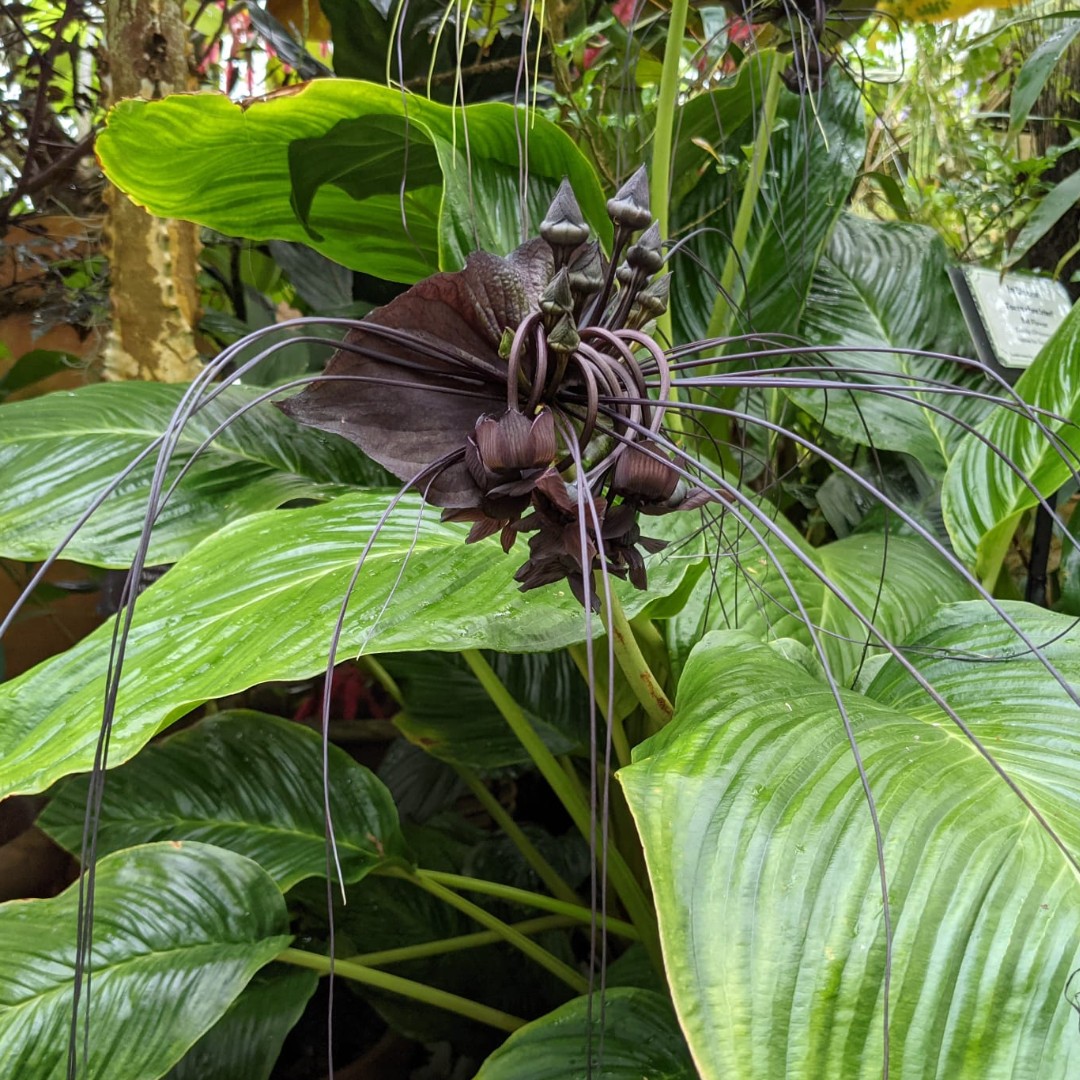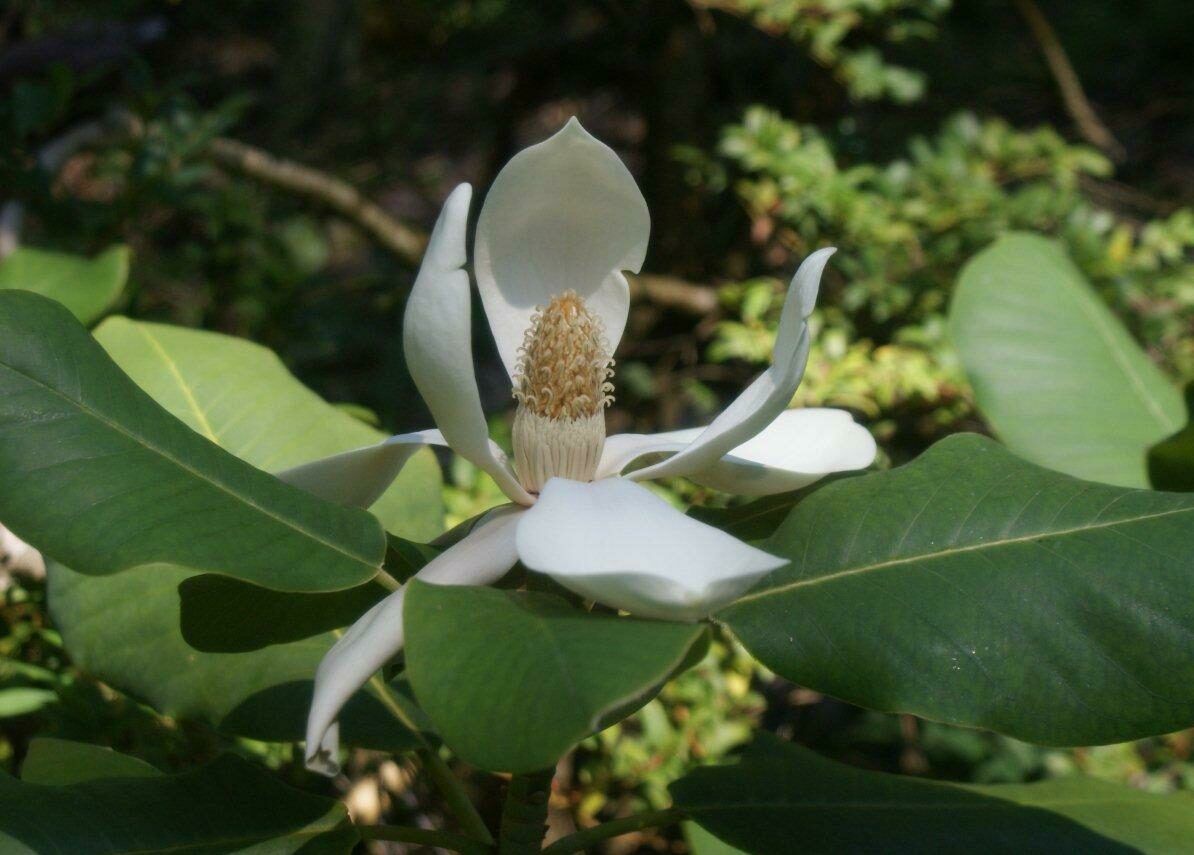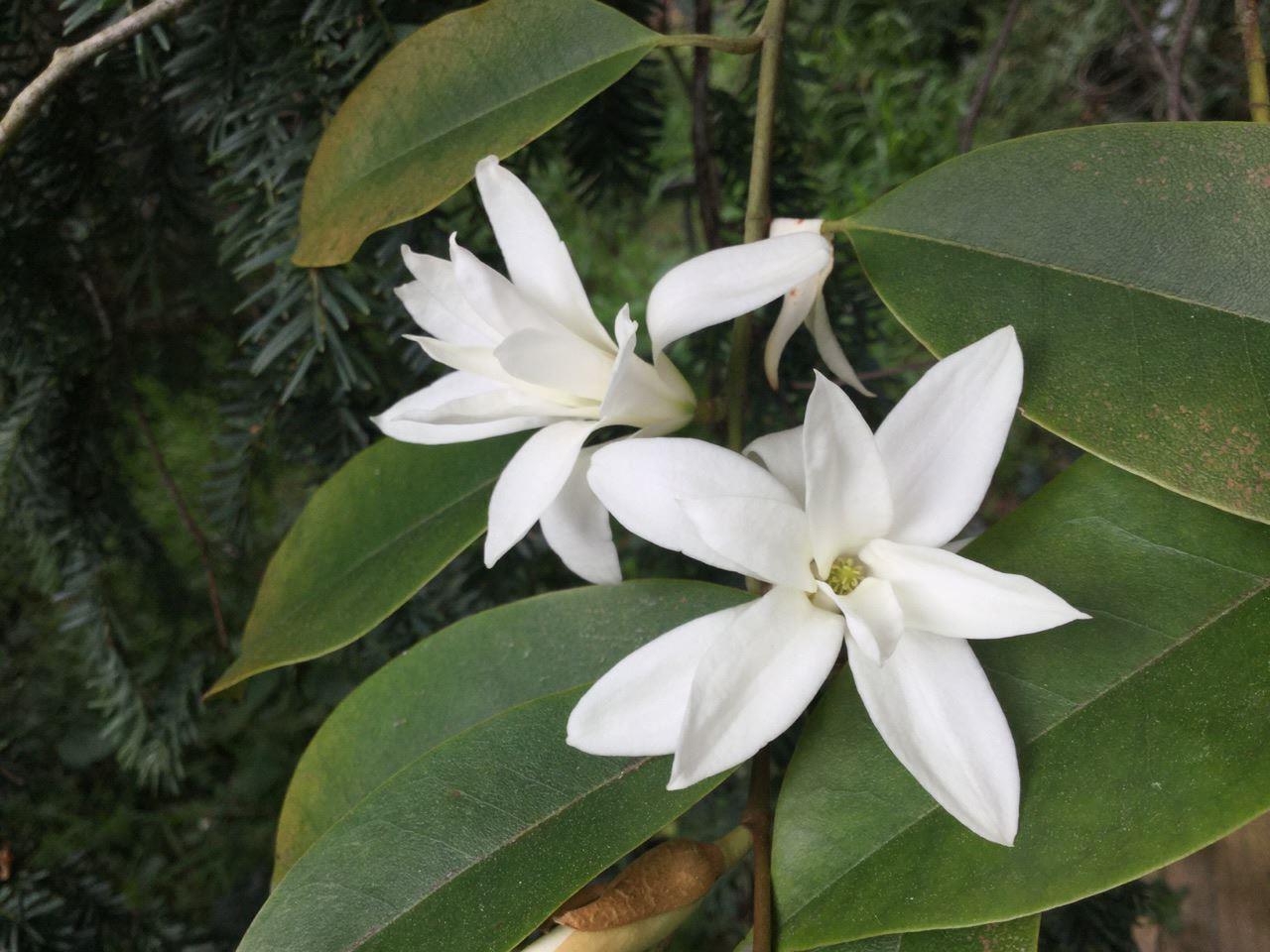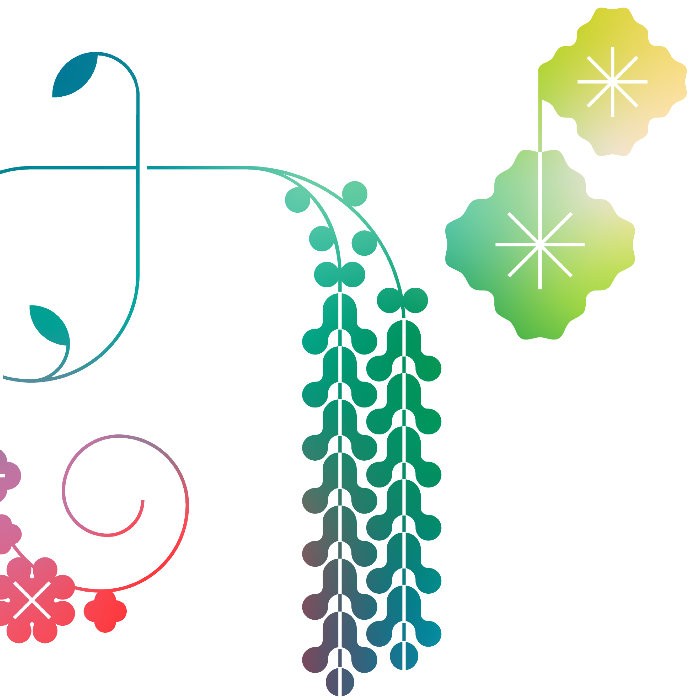
Curator’s Corner – Tacca chantrieri
This mysterious “bat flower” spooks us with its gothic bloom! Gardeners and scientists alike are hypnotized by its unique display and notoriety in medicine. Read on to learn more about the unique Tacca chantrieri…
Profile
Scientific name: Tacca chantrieri
Family: Dioscoreaceae
Environment: Bright, indirect light, well-draining, rich and slightly acidic soil, high humidity, moist conditions; tropical
Bloom: April to July
Plant type: Herbaceous perennial
Uses: Ornamental

With an uncanny resemblance to batwings, the Bat flower’s aubergine bracts are six inches across for a total “wingspan” of least 12 inches!
Bat flower (Tacca chantrieri) is an herbaceous perennial, member of the yam (Dioscoreaceae) family, that is native to Southeast Asia. Found throughout humid tropical regions; T. chantrieri is one of 19 species in the Tacca genus, of which most are native to Southeast Asia, though several are native to Africa, South America, Australia, and numerous Oceanic islands. The distribution for T. chantrieri has contracted due to habitat destruction, overexploitation, and forest fragmentation.
The striking visual appearance of T. chantrieri has earned numerous common names, including the black bat flower, devil flower, and cat’s whiskers. Perched above large, ovate to lance-shaped, fleshy green leaves atop a towering 20” stalk, exists an inflorescence that might appear more appropriate for a sighting in October than July. With an uncanny resemblance to batwings, T. chantrieri’s aubergine bracts are six inches across for a total “wingspan” of least 12 inches! Inside these deeply hued bracts there are roughly 30 pale green or violet, whisker-like bracteoles that are suspended eight to ten inches down from the center.
Bat flower (Tacca chantrieri)



The true flowers of T. chantrieri are produced in pairs of cymes (flat-topped flowers) from the center of the inflorescence, appearing first in the shape of candy kisses. These buds open sequentially as six-petaled, maroon-black, inch-wide flowers; they have no significant fragrance. In North America, T. chantrieri blooms between summer to early winter, and can bloom up to eight times in a season! Most seeds produced by T. chantrieri occur from self-pollination before the flower opening. The lack of vibrant floral display and fragrance has left researchers puzzled, as T. chantrieri doesn’t appeal to many pollinators. There are two current theories that researchers have surmised, regarding this lack of appeal: first, that at one point, T. chantrieri had a putrid smell to attract pollinators (akin to corpse flowers), and second, that it may have had a specific pollinator that is now extinct.
Today, T. chantrieri is primarily grown for its unique ornamental value, appealing to intermediate-advanced houseplant enthusiasts, specializing in subtropical plants. Throughout history, plants in the Taccaceae family have been used in traditional Chinese medicine. The rhizomes of T. chantrieri are noted for their treatment of various ailments including gastric ulcers, enteritis, burns, high blood pressure, and hepatitis. Not only is T. chantrieri recognized for its anti-inflammatory properties, but developments in cancer research have found that Taccalonolides (a class of isolated microtubule-stabilizing agents) from T. chantrieri root extracts demonstrate selective cancer-fighting properties as well.
Keep an eye out for the Bat flower in the Potted Plants Gallery at the Conservatory of Flowers!
Text by Royal Jenkins, photos by Marissa Fong




